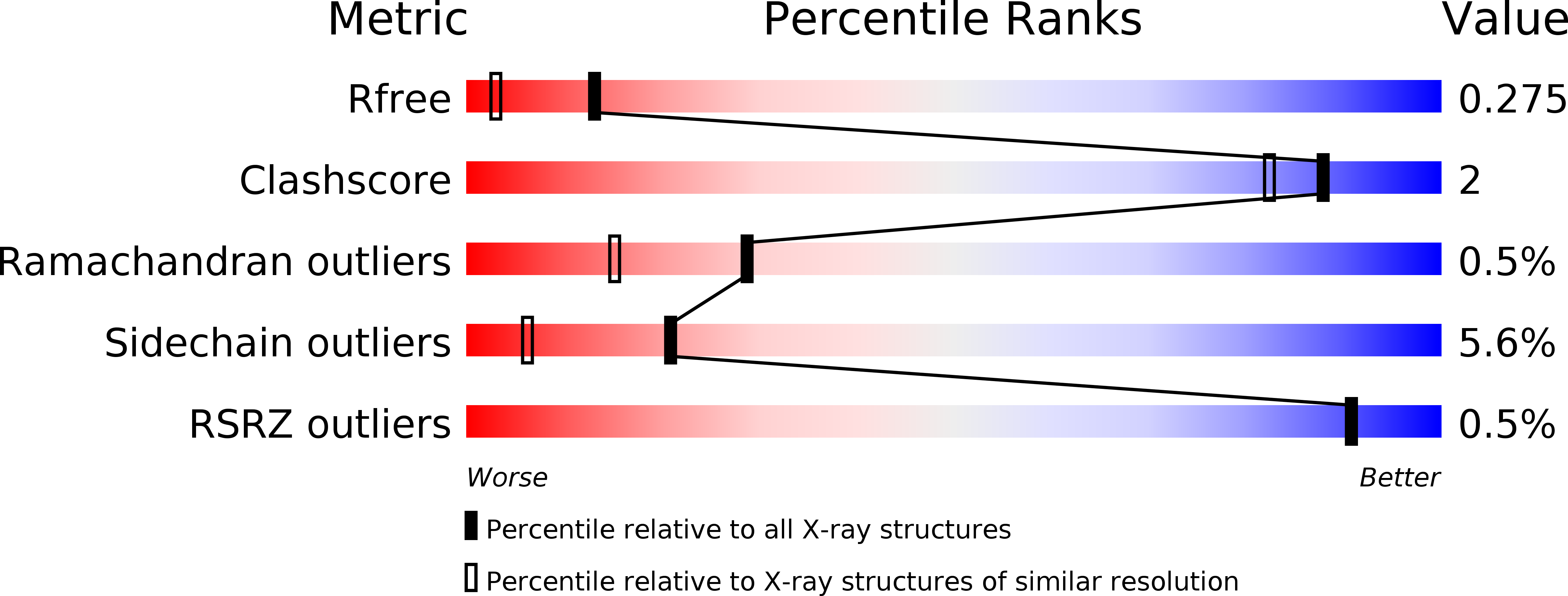
Deposition Date
2016-08-04
Release Date
2016-10-12
Last Version Date
2024-11-20
Entry Detail
PDB ID:
5SUZ
Keywords:
Title:
Domain-swapped dimer of human Dishevelled2 DEP domain: C-centered monoclinic crystal form crystallised from monomeric fraction
Biological Source:
Source Organism:
Homo sapiens (Taxon ID: 9606)
Host Organism:
Method Details:
Experimental Method:
Resolution:
1.84 Å
R-Value Free:
0.26
R-Value Work:
0.21
R-Value Observed:
0.21
Space Group:
C 1 2 1


